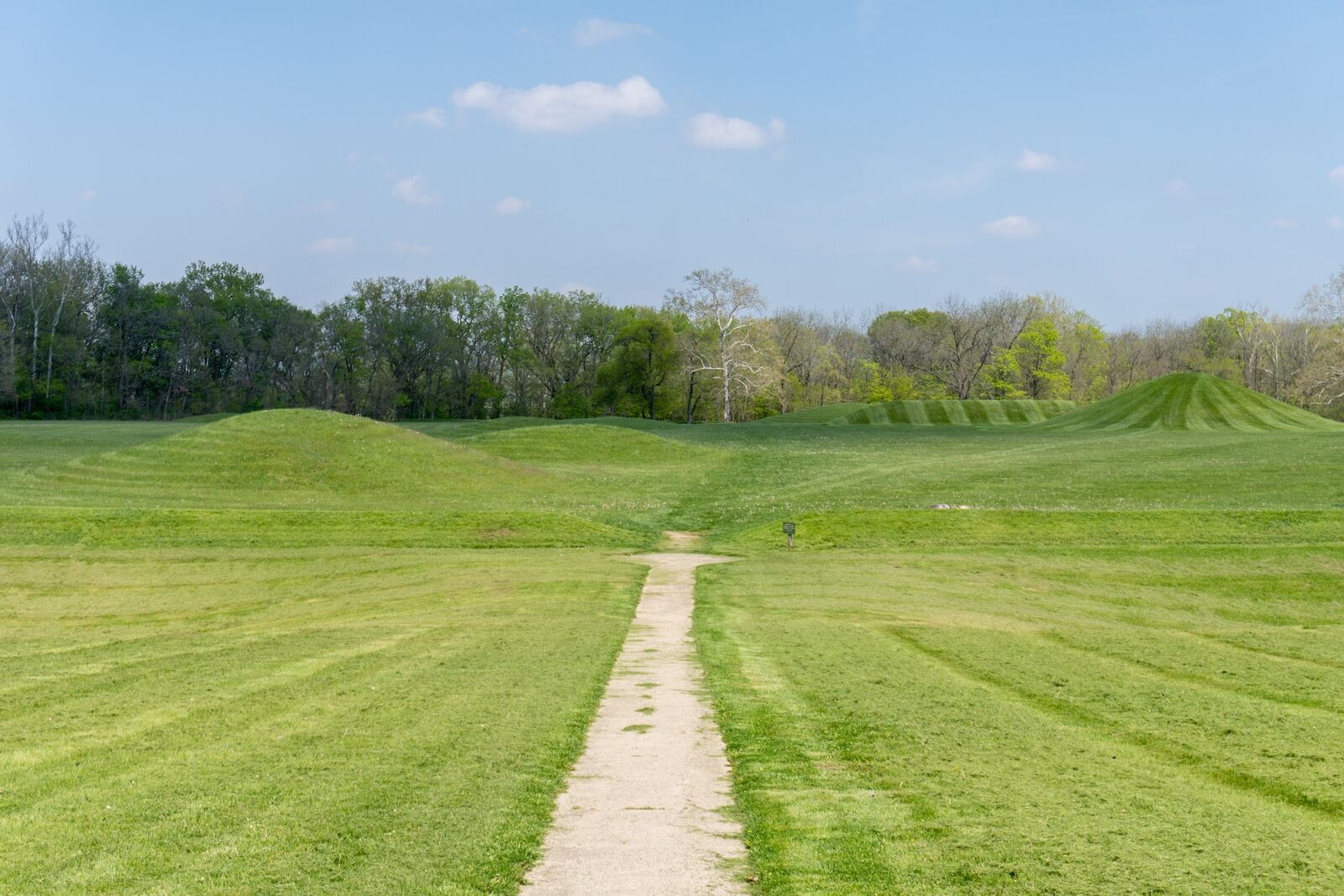Secrets Of Ohio’s Ancient Hopewell Road Network

Have you ever wondered about the ancient paths that crisscross Ohio? The Hopewell Road Network is one of those intriguing mysteries. Built by the Hopewell culture over 2,000 years ago, these roads stretch for miles, connecting various ceremonial sites. Imagine walking along these ancient routes, feeling the history beneath your feet. These paths weren't just for travel; they held deep spiritual significance. Today, archaeologists and historians are still uncovering secrets about their purpose and construction. Whether you're a history buff or just curious, learning about the Hopewell Road Network offers a fascinating glimpse into the past. Ready to step back in time?
Secrets of Ohio's Ancient Hopewell Road Network
Ohio's Hopewell culture left behind an intricate network of roads and earthworks that still baffle archaeologists today. These ancient paths, built over 2,000 years ago, connect various ceremonial sites and offer a glimpse into the sophisticated engineering skills of the Hopewell people. Let's explore some key locations along this mysterious network.
Newark Earthworks
The Newark Earthworks are among the largest set of geometric earthen enclosures in the world. Built by the Hopewell culture, these structures served as ceremonial centers and possibly as astronomical observatories.
- Great Circle Earthworks: This massive circular earthwork spans over 1,200 feet in diameter. It features an inner ditch and an outer wall, with a central mound that may have been used for rituals.
- Octagon Earthworks: Connected to the Great Circle by a walled road, the Octagon Earthworks cover 50 acres. Its precise alignment with lunar cycles suggests it was used for astronomical observations.
- Wright Earthworks: Though partially destroyed by urban development, the remaining sections of the Wright Earthworks still showcase the Hopewell's impressive construction skills.
High Bank Works
Located near Chillicothe, the High Bank Works consist of a series of connected geometric earthworks. These structures highlight the Hopewell's ability to create large, complex designs with remarkable precision.
- Circle and Octagon: Similar to the Newark Earthworks, this site features a large circle connected to an octagon. The alignment of these structures with celestial events indicates their importance in Hopewell culture.
- Parallel Walls: Two parallel walls extend from the Circle and Octagon, forming a pathway that may have been used for processions or other ceremonial activities.
Hopewell Mound Group
The Hopewell Mound Group, also near Chillicothe, is one of the largest and most complex earthwork sites built by the Hopewell culture. It includes numerous mounds and enclosures, each with its own unique features.
- Central Mound: The largest mound at this site stands over 30 feet tall and covers an area of nearly 3 acres. Excavations have revealed a wealth of artifacts, including pottery, tools, and ornaments.
- Rectangular Enclosure: Surrounding the Central Mound is a rectangular enclosure with rounded corners. This structure may have served as a gathering place for ceremonies or other communal activities.
- Small Mounds: Scattered throughout the site are numerous smaller mounds, each containing burials and offerings. These mounds provide valuable insights into the social and religious practices of the Hopewell people.
Seip Earthworks
The Seip Earthworks, located in Ross County, are another impressive example of Hopewell engineering. This site features a combination of geometric shapes and mounds, showcasing the culture's architectural prowess.
- Seip-Pricer Mound: One of the largest mounds at this site, the Seip-Pricer Mound measures over 240 feet long and 30 feet high. Excavations have uncovered elaborate burials and a variety of artifacts.
- Large Circle: Adjacent to the Seip-Pricer Mound is a large circular enclosure, which may have been used for ceremonies or other communal events.
- Small Circle: A smaller circular enclosure lies nearby, connected to the larger circle by a walled pathway. This structure's purpose remains a mystery, but it likely played a role in the site's overall design.
Fort Ancient Earthworks
The Fort Ancient Earthworks, located in Warren County, are among the most well-preserved Hopewell sites. This complex includes a series of earthen walls and mounds, offering a fascinating glimpse into the culture's engineering capabilities.
- North Fort: The North Fort consists of a series of earthen walls and ditches, forming a large enclosure. This area may have been used for ceremonies or as a defensive structure.
- South Fort: Similar to the North Fort, the South Fort features a series of walls and ditches. The purpose of these structures remains unclear, but they likely held significant cultural importance.
- Great Gateway: Connecting the North and South Forts is the Great Gateway, a large opening in the earthen walls. This feature may have served as a ceremonial entrance or a point of transition between the two areas.
Ohio's ancient Hopewell road network continues to intrigue researchers and visitors alike. These remarkable sites offer a window into the past, revealing the ingenuity and cultural richness of the Hopewell people.
Ohio's Ancient Pathways
Ohio's ancient Hopewell Road network reveals a lot about the past. These paths, built by the Hopewell culture, show their advanced skills in construction and planning. They connected important sites, helping with trade and communication. Exploring these roads today gives us a glimpse into the lives of the people who built them.
Visiting these ancient pathways offers a unique experience. You can walk where the Hopewell people once did, imagining their daily lives and the significance of these routes. It's a chance to connect with history in a tangible way.
Understanding the Hopewell Road network also highlights the importance of preserving these sites. They are valuable pieces of our heritage, offering insights into early American civilizations. Protecting them ensures that future generations can learn from and appreciate this remarkable part of history.

